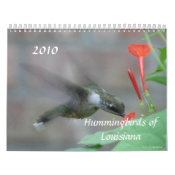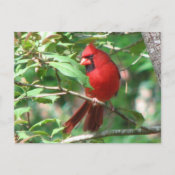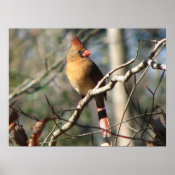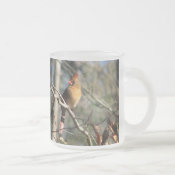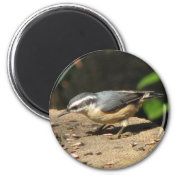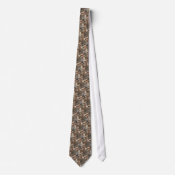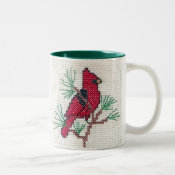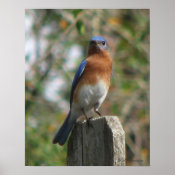Thursday, September 20, 2007
LBBS, Bluebirds and Woodpeckers
We leave dead trees of all sizes up all over our property for woodpeckers and other cavity nesting birds and animals. We've never had trouble with woodpeckers bothering the other cavity nesters. Only 1 time did a young red-bellied use a bluebird box for a winter roost. Last year we had bluebirds nesting in a box located less than 50 feet from a dead tree with a red-bellied woodpecker's cavity and they coexisted just fine. There are also Pileated, Red-headed & Downy woodpeckers, Northern Flickers and Brown-headed Nuthatches nesting all through our woods along with Great Crested Flycatchers, Prothonotary Warblers, Carolina Chickadees, C. Wrens and Tufted Titmice. The wood ducks use the Pileated's cavities (as well as houses) and the other secondary nesters use all of the other woodpecker's cavities (along with houses). We've never observed any discourse between any of them.
The only altercations we have seen were between Red-headed and Red-bellied Woodpeckers who were fighting over the same tree. And another time when the Blue Jays were hassling a Red-headed woodpecker.
To read more about nest box trails and cavity nesting birds visit our Building a Bluebird Nest Box Trail at Squidoo and Our Nest Box Trail on our Little Tchefuncte Habitat Page.
Thursday, May 24, 2007
Peace & Quiet Resumes
Friday, April 20, 2007
Katrina Debris Removal Continues
The NRCS representatives assure us that the project is completed on our property and will soon be completed on the rest of the Tchefuncte River. What concerns us is that all of this noise, disturbance of the vegetation and felling of dead trees during the spring nesting season will have an adverse effect on the wildlife which was already decimated by Katrina. The Prothonotary Warblers, whose numbers have been decreasing due to habitat loss, are beginning to nest in hollow trees and nest boxes all along the river. The 6 different species of woodpeckers that nest on our property have already hollowed out their nesting cavities and are raising young. We know that some damage must be done when heavy equipment is used, but the timing of this project is terrible. Why couldn't this have been done during the late winter?
Near the end of April, it all comes to a head. We find out that the contractor in charge of all of the crews wants to destroy our land like he did the neighbors, so we go into action and call the NRCS. The damage is revealed and a cease & desist order is given for the whole project, but first for our property. Penalties & criminal charges are being discussed. Click here to see photos of some of the damage that the riparian areas of the Tchefuncte River sustained.
Mean while in the habitat, Carolina chickadees fledge about 19 young in 5 successful nests. A pair of Eastern Bluebirds raised 5 young. A pair of Carolina Wrens fledges 4 young from the nest they built in the large flower pot near the front door. The male wren is very distinctive because of his white tail and wing feathers. One pair of Prothonotary warblers build a nest in a box near the river and lay 5 eggs.
Saturday, March 31, 2007
Spring
The Ruby-throated Hummingbirds returned to their breeding grounds here in Southeastern Louisiana much later than normal. The returnees that have been caught are birds that are only 1 year old. No birds that bred in previous years have been caught yet. Carolina Chickadees are building nests in 5 of the nest boxes on our trail. Flying squirrels are using 3 others. Carolina Wrens hatched in the nest in flower pot by front door.
We discovered 2 mature Wild Olive (Osmanthus americana) trees by the river. Many native plants are in full bloom such as Silverbell, Parsley Hawthorne, Mississippi Wake-robinTrillium, Honeysuckle Azalea, etc. A seasonal list of St. Tammany’s blooming native plants can be viewed on the FNPS website. As representatives of the Folsom Native Plant Society, we donated and planted 2 trees, a Live Oak (Quercus viriginiana) and a Red Mulberry (Morus rubra), in the school yard at Folsom Elementary. We also gave a “Gardening to Attract Wildlife” presentation and helped man the FNPS (Folsom Native Plant Society) booth at the 2 day St. Tammany Master Gardener’s Plant Show. Our club has been invited back next year.Monday, February 12, 2007
Suet & Native Trees
We recently purchased some native Mayhaw (crataegus aestivalis) and Crabapple (Malus spp.) seedlings from the LA Forestry Department . Most of the seedlings were quite large this year and we were able to plant many of them out in the ground on our 9 acres. The others were planted in pots until next fall so they can grow a little. Both small trees have beautiful spring flowers and edible fruit that makes excellent jelly and that is also food for a variety of birds and mammals.


